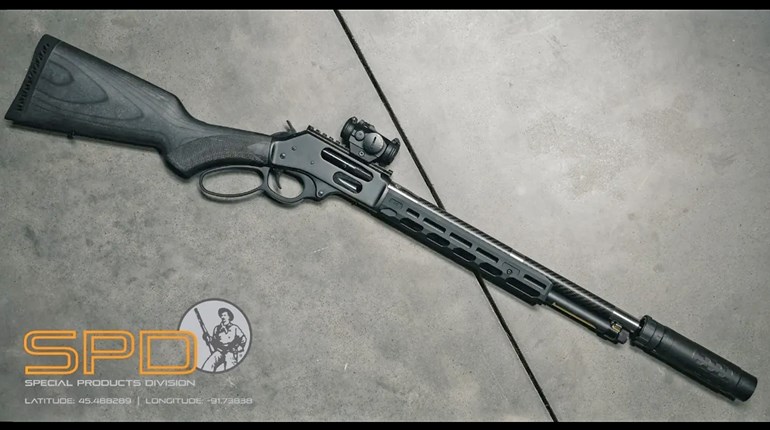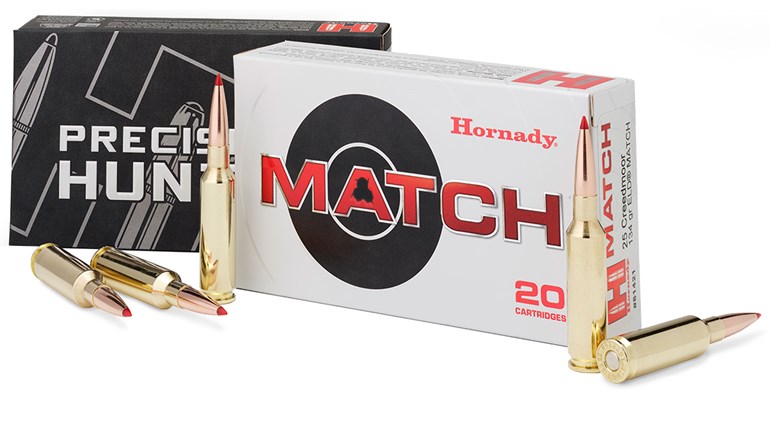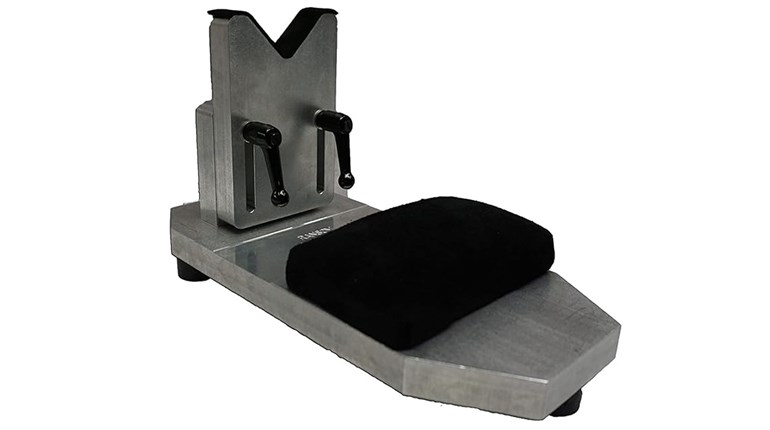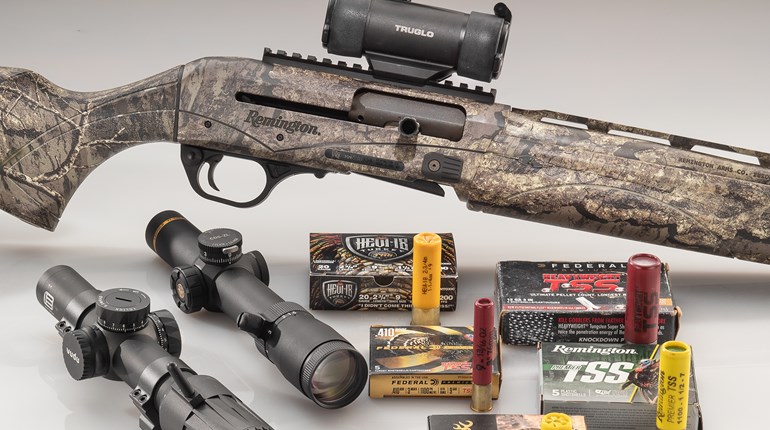
This article, "Heads Up," appeared originally as a Handbook in the December 2017 issue of Shooting Illustrated. To subscribe to the magazine, visit the NRA membership page here and select Shooting Illustrated as your member magazine.
The Problem:
Your pistol is zeroed and your ammunition is spot-on. You are ready for the plate match at the club tomorrow, and consequently you have visions of perfect runs at lightning speed. What could possibly go wrong?
The next day at the match you consistently shoot high on the plates or miss them completely just over the top, placing well down on the leader board.
After going home disgusted and disappointed, you return to the range another day, only to find your pistol’s zero is right where it should be and the ammunition is still spot-on. You are at a total loss as to why you consistently shot high on the plates at the match.
The Solution:
Having eliminated the mechanical causes of your disappointing display at the plate rack, it’s time to look at what possibly changed in you to cause the high-shot delivery during the match.
Typically, when we are asked to perform on stage as it were, there is the element of self-induced stress that enters the picture. It’s often a fear of failure and the possibility of looking bad in front of one’s peers that causes a drop in performance.
This manifests itself in a variety of ways, and we will discuss the most prevalent as well as some remedies.
There are some positives to your situation that should be recognized in that your groups were good, just not in the right place. Your trigger control was good and you were using your front sight to place your shots. This is opposed to having your shots sprayed all over the place, only hitting a target out of pure chance, which indicates a total breakdown in your shot-delivery system.
Notice I didn’t mention the rear sight along with the front, because the rear sight is often forgotten when stress is factored into the equation. Knowing through our practice and training the importance of front-sight focus to produce accurate shots, the eye wants to see the front sight in as much detail as physically possible when shots really count. To the eye, the rear sight tends to be seen as somewhat of an obstruction, especially if the notch in the rear sight is the same width as the front sight—or slightly narrower—as is common with most production guns.
To overcome the perceived interference of the rear sight in allowing the eye to see the front sight to its best ability, the brain tells the hands to raise the front sight out of the rear notch just enough so the eye can see the sight to its liking. Obviously raising the front sight out of the rear-sight notch will cause shots to impact high on the target. I usually recommend one of two solutions that are immediately effective more often than not.
The first is to re-engineer the sight picture from using the top of the front sight as the point of focus to using the dot in the center of the front sight as the point of focus. If your gun doesn’t have a dot such as found in those equipped with three-dot sights, a little dab of Wite-Out corrective fluid or some white nail polish will suffice.
The idea is to view the dot through the “window” of the rear-sight notch while superimposing the dot over the impact area of the target—much like we would the red dot of an electronic sight. The dot can be seen easier through the “window” of the rear-sight notch due to the contrast and size of the dot (as opposed to trying to see the top of the front sight) which has less contrast and, as a result is harder to identify.
Using this method has many additional benefits, but, for your needs, all you have to do is put the dot on the target and pull the trigger while maintaining an awareness of seeing that dot through the window of the rear sight.
Another means of allowing better viewing of the front sight is to widen the rear-sight notch sufficiently to allow the front sight to appear prominent in the rear-sight notch. It’s hard to overdo it, as the eye will automatically center the front sight in the rear notch if you let it. Start small, say .01 inch and increase until the front sight has plenty of light around it. This will keep you shooting longer as you get older and your vision begins to change.
I might mention one other possibility that you need to be aware of. That possibility is consistent head position in relation to the sights. Under stress, we tend to tense our muscles and make other changes in our bodies in an effort to force the action we desire. Some call it “trying too hard.” When shooting in a comfortable setting we keep our head up and bring the gun to our line of vision to deliver the shot or shots. All that changes when a clock and crowd are added. Under stress it is a natural phenomenon to lower the head and roll the shoulders forward when giving our utmost in strength and effort. By lowering the head in relation to the sights on the target, shots tend to go high even though there is little perceivable difference in our sight picture.
The take away here is to keep your head upright in a position of advantage and maintain a sense of being comfortable—if not relaxed—in letting the shot happen. When trying to “make” a shot happen, the tension mentally and physically will work against your performance.




































